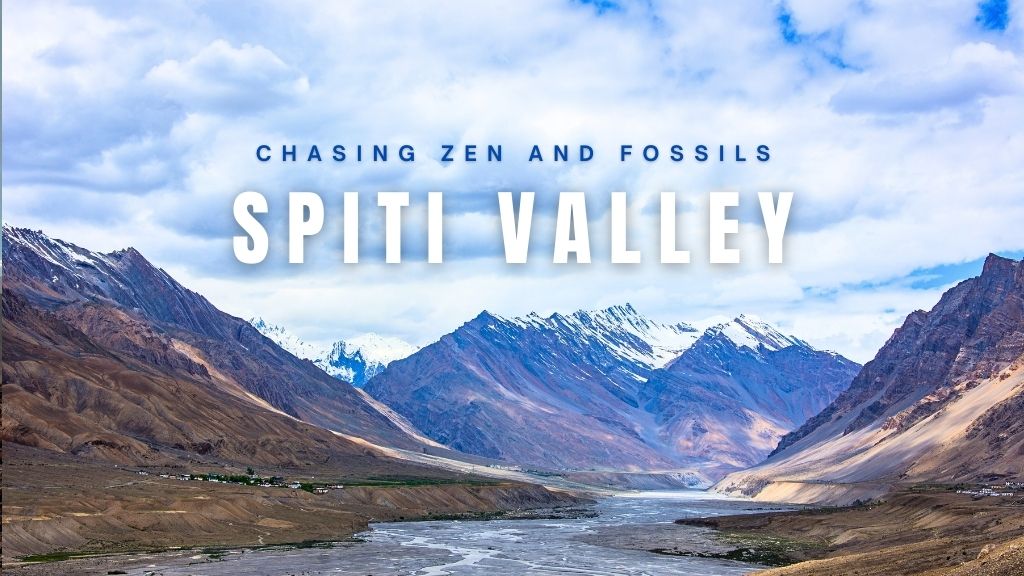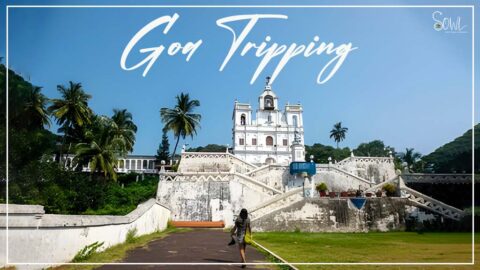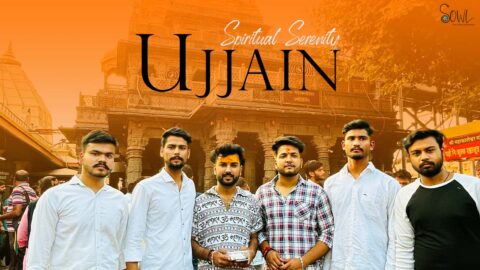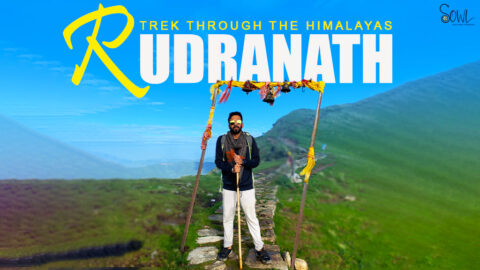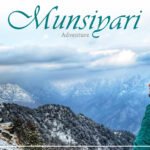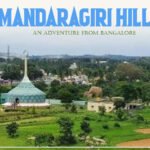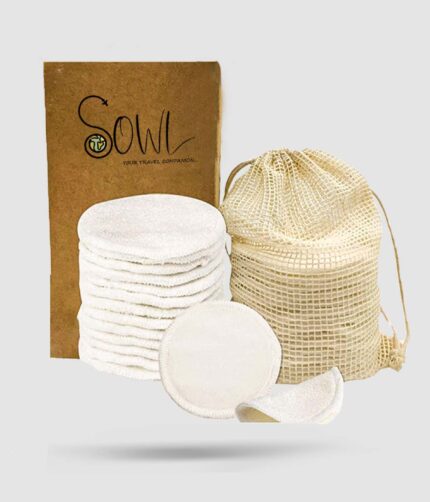Embarking on a 9-day journey through Spiti Valley in the Himalayas, I saw a captivating tale unfold before me. The road trip was a quest for understanding local customs, connecting with the inhabitants, and seeking inner peace through the soothing chants of Buddhism. The pristine beauty of lakes and valleys added a surreal touch to this unforgettable adventure.
Gue, Dhankar, Tabo, Tangyud, and Ki (Kee) were the stars of this tale, each valley offering a unique charm. The region around Langza, Hikkim, and Komic villages, however, stole the spotlight with their marine fossil reserves, a geological treasure trove.
To reach Spiti Valley there is no train or flight service to reach the valley.. personal vehicles, cabs, bikes, and HRTC( government bus service) are some modes to make it to the valley.
A 9-Day Itinerary for the Modern Explorer to Spit Valley
Venturing on a day-long drive from Solan to Spiti Valley, my journey led me to Jeori by evening. There, the exploration continued with a visit to Unoo Mahadev’s natural hot spring, followed by the specific Bhimakali Temple, just 14 kilometers away. The temple’s unique design and small museum added cultural depth to the experience.
While the stretch from Jeori to Khab offered limited attractions, side travels to Kalpa, Ribba, Sangla, and Chitkul provided an enriching bypass. Powari (66 kms to Jeori)has the only petrol station to Kaza). Also at Khab Sangam Bridge in the Hangrang Valley, you can get the first glimpse of the Spiti River merging into the Satluj River.
The next day began with reaching Sumdo, the first village in the Spiti region of Lahaul-Spiti. From Sumdo, the next destination was Gue village, located a few kilometers from the India-China border. At Gue village, visited the Gue Monastery and observed a statue next to the Lari village, depicting Guru Padmasambhava, who spread tantric Buddhism.
Proceeded to Tabo village, known for having the oldest Buddhist monastery in the world – Tabo Monastery. The monastery is renowned for its thanka paintings.
The journey continued to Dhankar, which is 30 kilometers from Tabo. Dhankar features a monastery and a fort, offering a view of the Parvati River merging into the Spiti River. Dhankar also provides the opportunity for a trek to Dhankar Lake.
Moved on to Mud, a village situated 50 kilometers from Dhankar, which serves as the starting point for the trek to the Pin Parvati National Park. Explored Langza and Hikkim, known for their rich reserves of marine fossils. Hikkim has the world’s highest post office. Komic village is the world’s highest village connected by a motorable road.
Traveled from Langza to Komic, the highest village in the world connected by a motorable road. Komic is home to the Sakya Tangyud Monastery.
Continued the journey to Ki (Kye) Monastery, the largest monastery in the Spiti Valley, located 12 kilometers from Kaza. In 2018, I stayed in Kaza, a central hub of the valley with numerous hotels charging around 1500 per night. Despite lacking notable tourist attractions, the nearby Langza village, situated approximately 13 km away, stands out for its marine fossils, along with Hikkim village. Together, Langza, Hikkim, and Komic villages form a significant fossil area.
Then visited Kibber, which is 19 kilometers from Kaza and serves as the base for the Kibber Wildlife Sanctuary known for the sightings of an elusive cat. A ghost cat is commonly known as a snow leopard. Explored Chicham village, offering a breathtaking view of a deep valley. Note that fuel can be a significant concern in this area. Then finally I moved on to Chandratal, where the night was spent enjoying the view of the Milky Way. The following morning, I explored the lake.
Bidding farewell to the incredible experience of a lifetime. It will be loved by everybody who enjoys the outdoors. This is hardly the typical verdant, lush Himalayan landscape. Everything is desolate, yet even that seems lovely.
After monsoon is the greatest time to view some vegetation. Shepherds from the lower Himalayas can be seen in and around Kunzum Pass and Chandratal Lake with their flock. Chandratal is considered a paradise for the star gazers. Best place to witness and photograph our Milky Way galaxy.
Accommodation in Spit Valley
Stayed mostly in camps (which was cheaper) or rented a room. But in Dhankar village, I stayed at a homestay. A homestay owned by a beautiful couple, Tenzin and Sonam. Affordable at 1000-1200 per person, including breakfast, dinner, and limitless tea supply.
The Most Visited Valleys in India :
- Tangyud
- Kee(ki)
- Gue monastery ( famous for its 600-year-old mummy of Buddhist monk Sangha Tenzin.)
- Tabo( home to the world’s oldest Buddhist monastery) Dhankar village and Dhankar Lake.
- Pin valley ( Kungri Monastery, Kungri, Mud village. Mud is a base of Pin Parvati National Park and is also famous among geomorphologists.
- A rock layer in mud was named by a Moravian geologist, Ferdinand Stoliczka. This layer runs from Ladakh to Nepal. Since it was discovered by Ferdinand in Mud Village, hence it was named so.
Spiti Valley Travel Tips
- It was cold up in the Himalayas and hence one must pack things accordingly.
- The sale and purchase of fossils is banned. Otherwise, tourists used to buy them at very cheap prices. But if a person wishes, he can wander around and search for them. They make fine souvenirs.
Dislikes from the Spiti Valley Trip
The ignorance by some dimwitted tourists. They dump garbage anywhere they wish. This disheartening scene was particularly evident at Chandratal Lake. This pristine lake serves as both a vital source for the Chandra River, a significant tributary of Chandrabhaga/Chenab, and a watering hole for shepherds, their flocks, wild animals, and even humans. Consequently, witnessing plastic bottles floating in the lake was truly distressing.
For travelers who wish to experience Spiti Valley without having to deal with the cold, March through June may be the ideal months to come !!!


